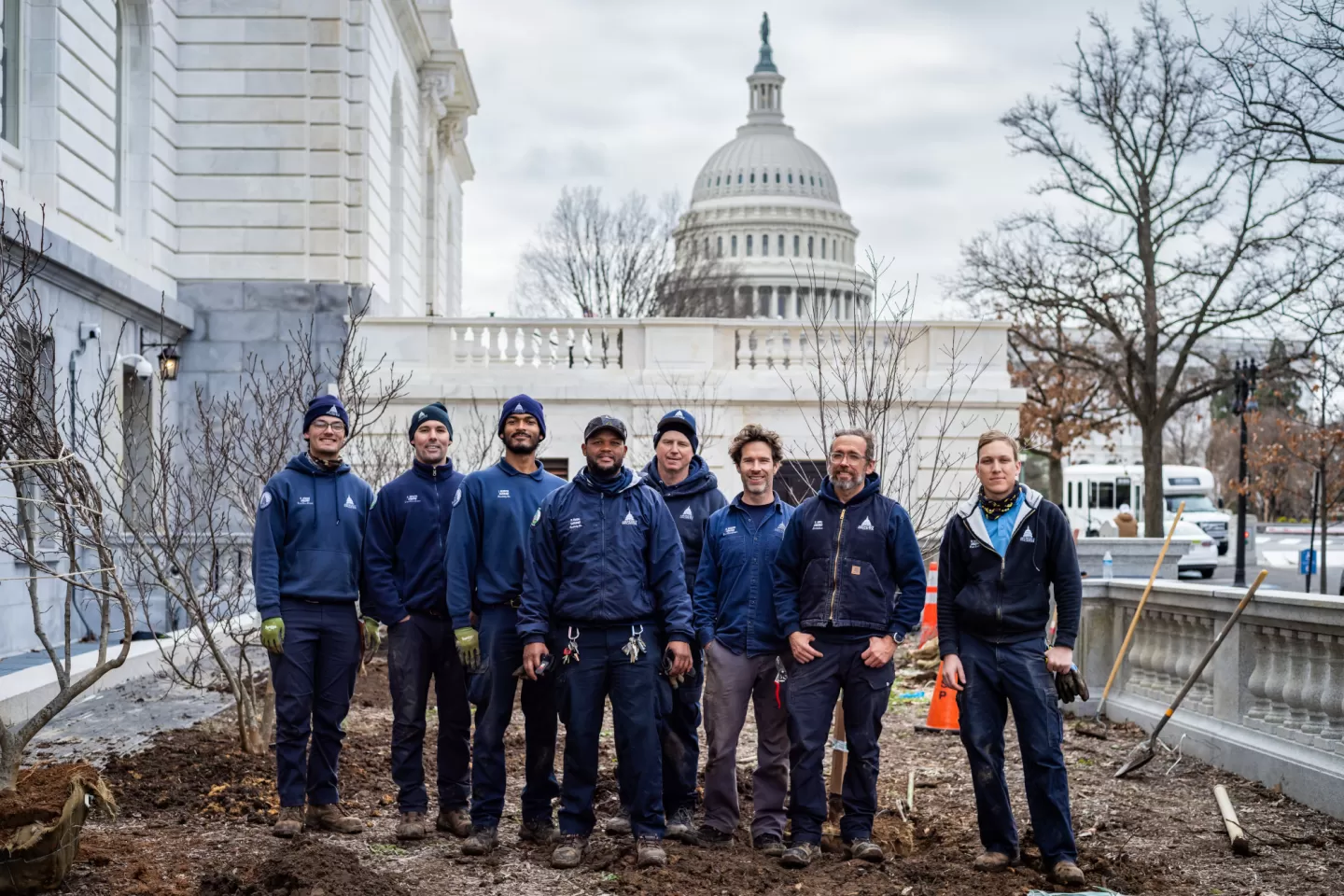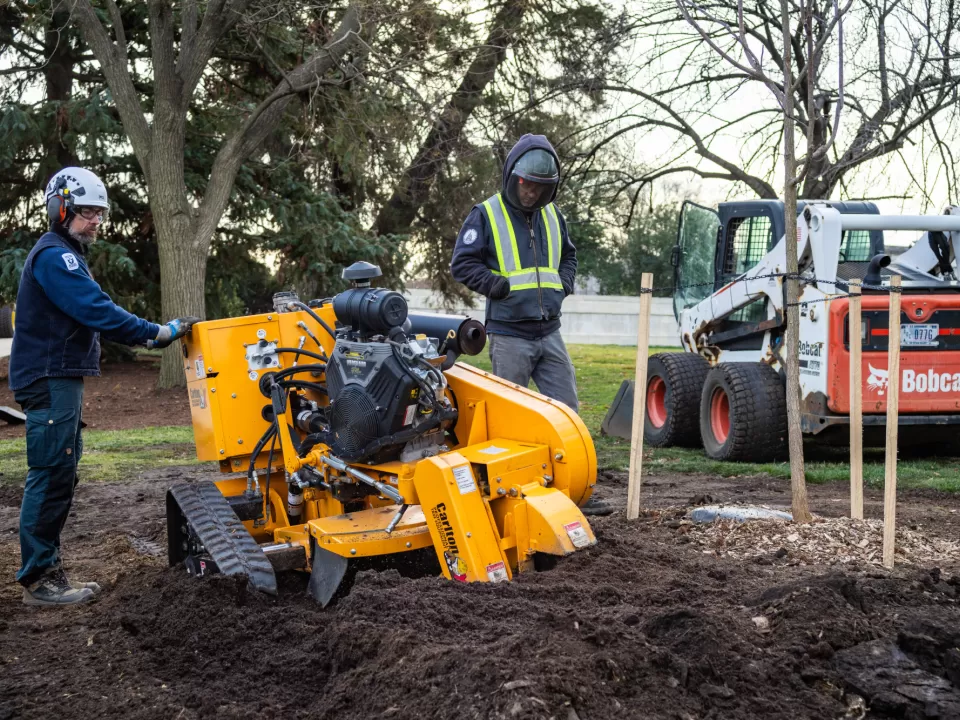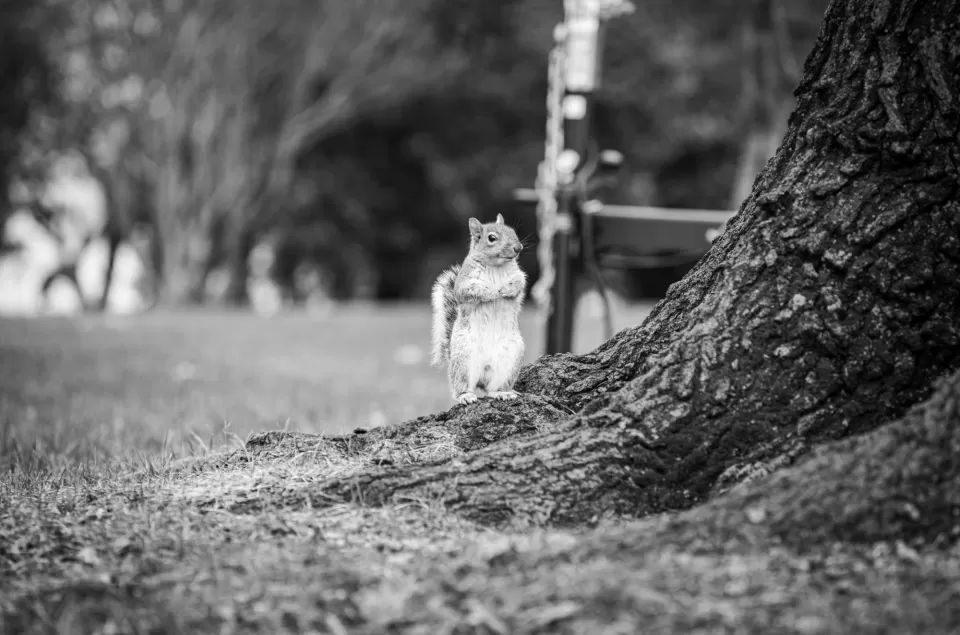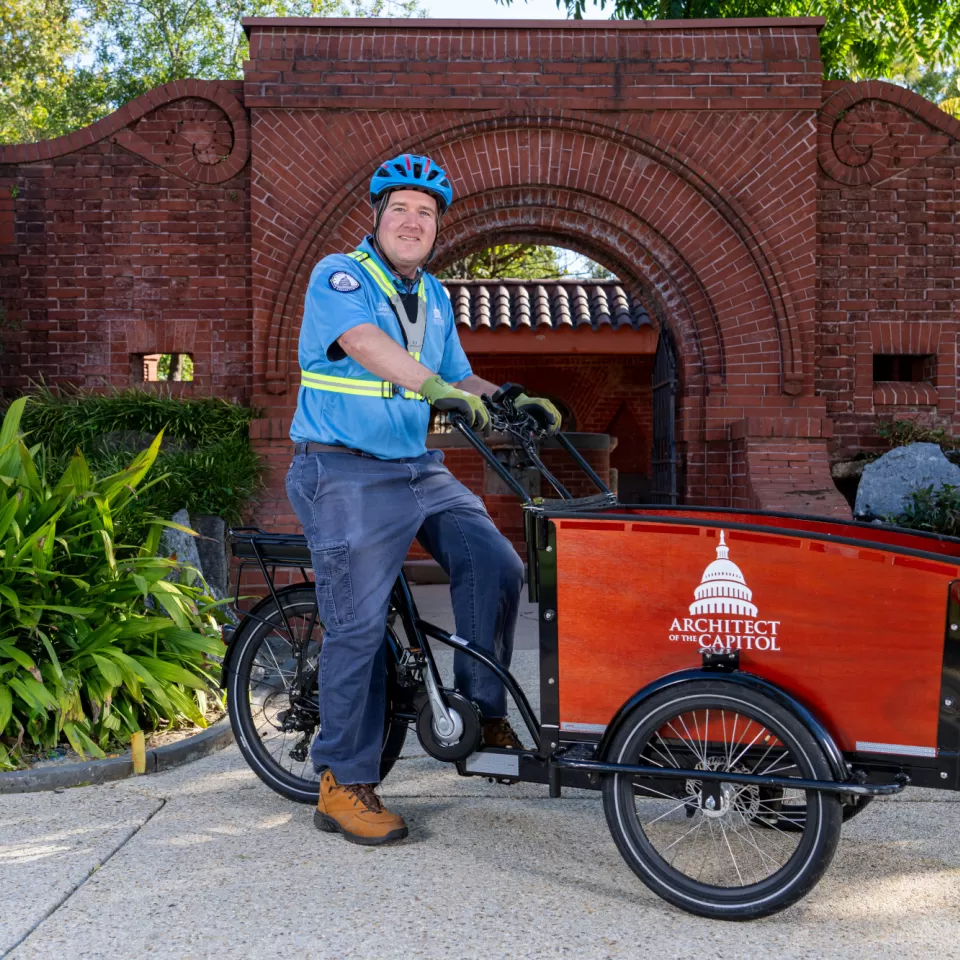Our Stories
Recent Articles
Behind the Scenes
AOC Experts Keep it Cool for Historic Preservation Efforts
When it comes to preserving the Library of Congress' record-breaking collection of more than 175 million items — including books, historical materials and cultural artifacts — the Architect of the Capitol staff plays an instrumental role in keeping things cool.
Behind the Scenes
Embracing a Vintage Electric Cargo Tricycle for Greener Gardening
This innovative mode of transportation allows the dedicated gardening staff to move throughout the historic grounds of the U.S. Capitol with ease, all while carrying up to an impressive 300 pounds of gardening tools and horticultural materials.
Behind the Scenes
Summer Interns Gain Experience for Future Seasons of Their Careers
From carpentry and photography to clerking and gardening, the AOC internship program exposes students to a host of opportunities within the federal government.
Behind the Scenes
A Career Fusing Art, Design and Plants
Nick Nelson combines diverse passions into a landscape architecture career.












Comments
I am honored to be the Servicing HR Specialist for the Capitol Grounds and Arboretum.
I WAS THEE INSPECTOR FO ALL CAPITOL GROUNDS FOR GEORGE WHITE FOR SEVERAL YEARS.RETIRED 1996.LOVED THE HILL.
Great to see the excellent work and professional progression that the Capitol Grounds and Arboretum jurisdiction has accomplished.
I was pleased, also amazed, at how clear Capitol Hill was when I came to work on the snowy day back in January and had to walk across campus. Thanks so much!
Add new comment